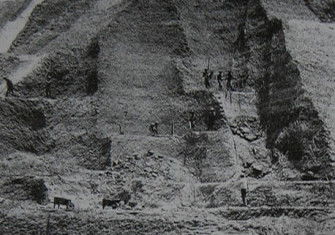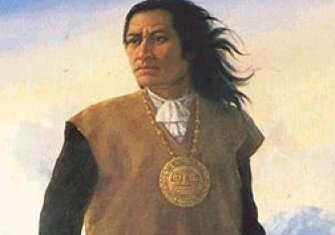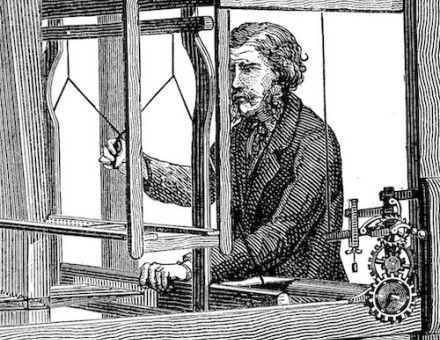A New Peru
The rise and fall of José Luis Bustamante’s left-wing presidency.
 This October marks 70 years since the overthrow of José Luis Bustamante y Rivero, a reform-minded Christian Democrat, first elected president of Peru in 1945. Bustamante’s victory was significant in many ways. Not only was it, arguably, the first truly democratic election in Peru’s history, but it produced a government formed without members of the established elites. Peru’s political and economic life had long been dominated by landed, commercial and military figures. The majority of Peru was subjected to a state akin to feudalism, a discriminatory electoral system that prevented most Peruvians from casting a ballot and land ownership restricted to a powerful oligarchy.
This October marks 70 years since the overthrow of José Luis Bustamante y Rivero, a reform-minded Christian Democrat, first elected president of Peru in 1945. Bustamante’s victory was significant in many ways. Not only was it, arguably, the first truly democratic election in Peru’s history, but it produced a government formed without members of the established elites. Peru’s political and economic life had long been dominated by landed, commercial and military figures. The majority of Peru was subjected to a state akin to feudalism, a discriminatory electoral system that prevented most Peruvians from casting a ballot and land ownership restricted to a powerful oligarchy.







